Search Images
Browse Content (p. 800)
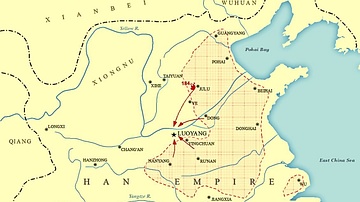
Image
Yellow Turban Rebellion
Map showing the Yellow Turban Rebellion (184 CE).
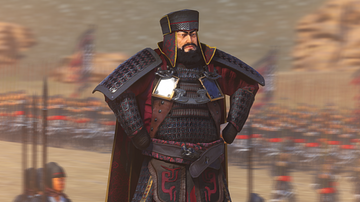
Image
Dong Zhou
Artist's impression of Dong Zhou.
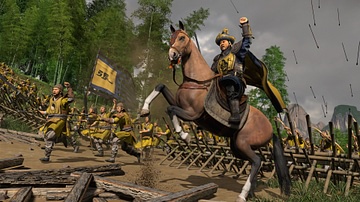
Image
Yellow Turban Rebellion
Artist's impression of Zhang Bao and The Yellow Turban Rebellion.
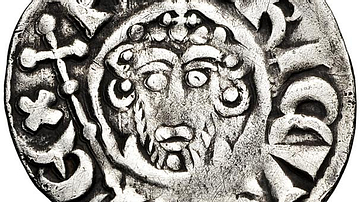
Image
Silver Penny of King John
A silver penny minted during the reign of King John of England (r. 1199 to 1216 CE)
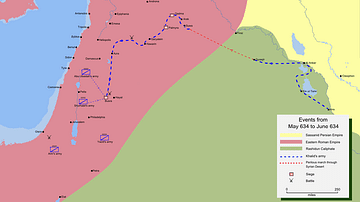
Image
Khalid ibn a-Walid's Invasion of Syria
A map showing Khalid ibn al-Walid's (585 - 642 CE) advance from Iraq to Syria in 634 CE, during the Islamic invasion of the Levant.
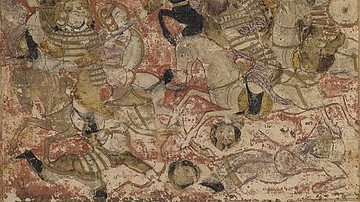
Image
Battle of Siffin
Illustration of the Battle of Siffin (657 CE), from a 14th-century manuscript of the Tarikh-i Bal'ami.
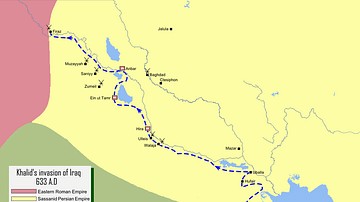
Image
Khalid ibn al-Walid's Invasion of Iraq
A map detailing the route of Khalid ibn Walid's (585 - 642 CE) forces during the Islamic invasion of the Sasanian Empire in 633 CE.
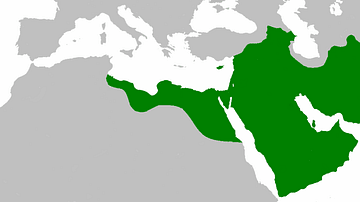
Image
Map of the Rashidun Caliphate
A map showing the maximum extent of the empire of the Rashidun Caliphate in 654 CE under Caliph Uthman (r. 644-656 CE).
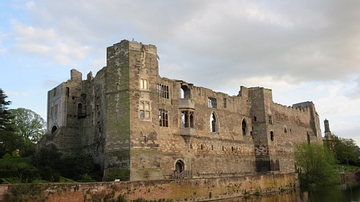
Image
Newark Castle, England
Newark Castle in Nottinghamshire, England. The castle was founded in the 12th Century CE. King John of England (r. 1199-1216 CE) died of dysentery in Newark Castle on 18 October, 1216 CE.
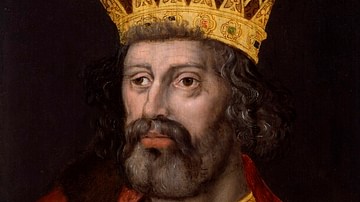
Image
King Edward I of England
A portrait of King Edward I of England (r. 1272 - 1307 CE) from the National Portrait Gallery in London. Made by an unknown artist c. 1597 - 1618 CE. Oil on panel. 580 mm x 450 mm (22 7/8 in x 17 3/4 in).